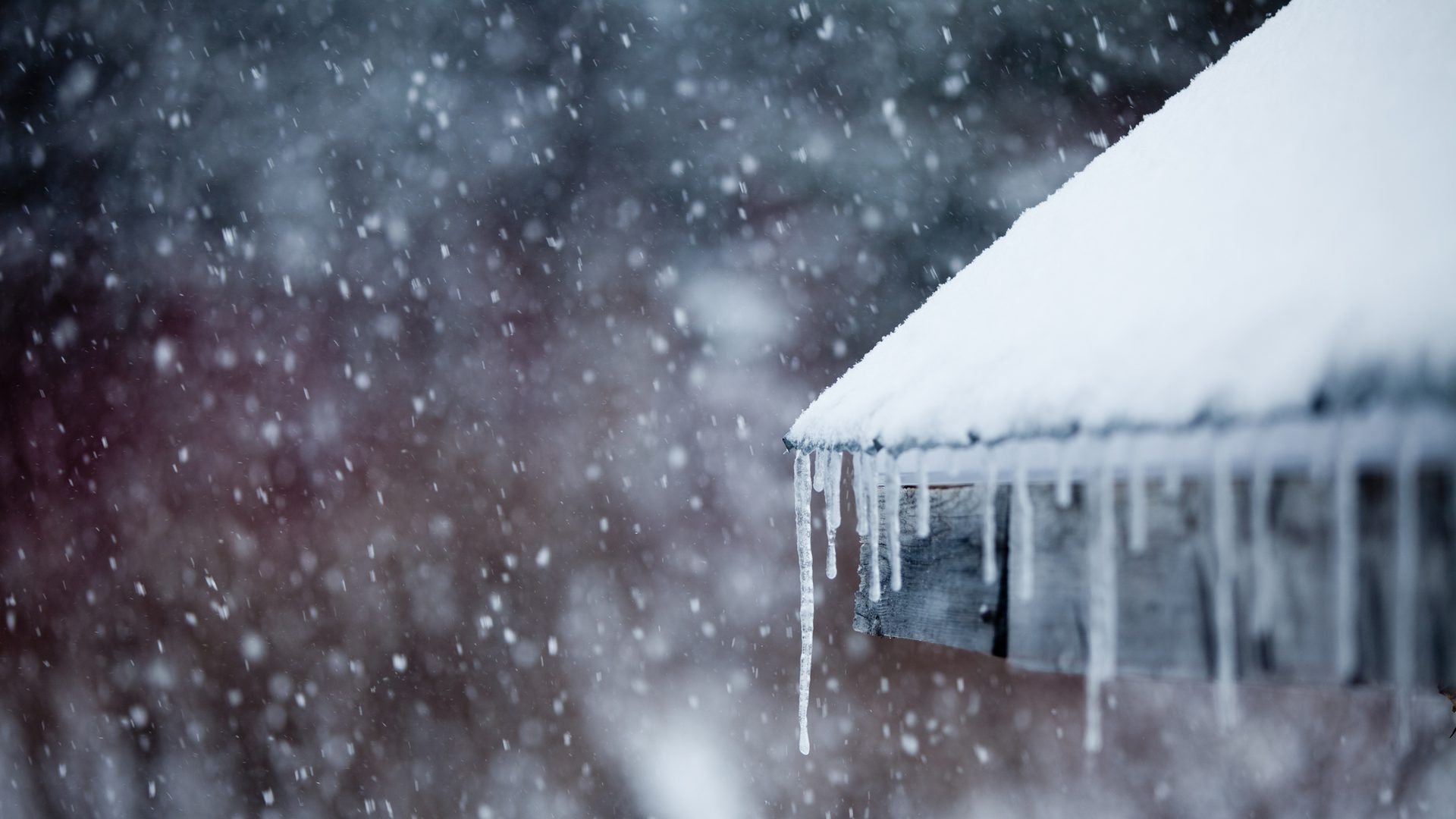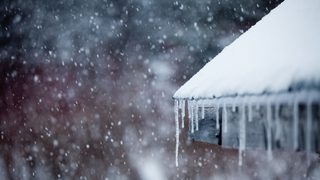How Do I Winterize My Garage?
When winter rolls in, you rummage through your closet to prepare yourself for the cold weather. Winter jackets, boots, scarves, mittens—anything that keeps the heat in and the cold out.

Think of that, but for your garage.
Insulating your garage and purchasing a high R-value garage door is very important if you’re spending a lot of time there. Without insulation, your garage will be just as cold as the outdoors. An insulated garage door also helps keep your house warm and energy efficient, especially if there’s an adjacent living area that shares a wall with your garage.
Here are some pointers to help prepare your garage for the cold months ahead.
Find the Right R-Value for Your Garage Door
When buying a residential garage door, something that you should never overlook is the R-value. This number determines how efficient your garage door will be at keeping warm air in and cold air out—basically regulating the temperature within the garage.
The higher the number, the more thermally efficient the garage door is to extreme weather conditions. If you’ve converted your garage into a living area, or your garage shares a wall, a higher R-value (R-16 and above) will help regulate the temperature inside. If you just use your garage space for vehicle parking or storage, you can opt for a lower R-value.
Insulate Garage Walls
If there is no insulation in your garage to serve as a thermal break, the indoor temperature will be as cold as it is outside. Insulating walls and flooring works just like the R-value of your garage door and will help regulate the temperature.
There are two main types of insulation—polystyrene and polyurethane. Polystyrene is simply Styrofoam. It’s easy to work with but doesn’t guarantee full coverage. If you’re looking for an airtight seal insulation, polyurethane is your best option. It’s a spray foam that fills in every gap and crevice.
Waterproof Your Garage Floors
When you or your vehicles are in and out of the garage, you take with you bits of snow and salt, creating a messy sludge on your garage floor. To avoid that, there are multiple options to waterproof your garage floor. You can purchase waterproof paints and epoxy, then apply them on the floor yourself, or hire professionals to do the dirty work for you.
Cover Every Nook and Cranny
Avoid cold drafts during the winter season by filling in any holes, gaps, or cracks you see around your garage. Inspect the garage walls, door, roof, and even the floor, for any cracks, then seal with caulk. Covering electrical outlets will also help decrease the amount of cold air seeping through.
Keep Your Winter Tools Handy
Nothing is worse than having to dig through your storage to find your shovel or snow blower. Organize your garage to have everything you need for winter easily accessible. Keep all your summer gear at the back, or in your overhead storage, to give room for frequently used winter tools and supplies.
Stock up on items you know you’ll need. Snow salt or dirt is vital for icy patches on the driveway, so have it ready by the garage door.
Winterizing your garage is one way of protecting your home from the harsh Canadian winter. If you store important belongings in your garage, spend a lot of time there, or have pipes running through it, consider these steps to ensure your garage is winter-ready. Do the necessary preparations now to prevent any inconvenience come winter time.
Are you looking for a new garage door installation before winter arrives? Contact your nearest Creative Door branch, and we’ll help you choose the best insulated garage door for your home.
Request Quote
Starting a new project? Get a free quote on a custom door solution within 24 hours.
Request Service
Installation, maintenance or repair needs? Our experienced team is ready to help.

